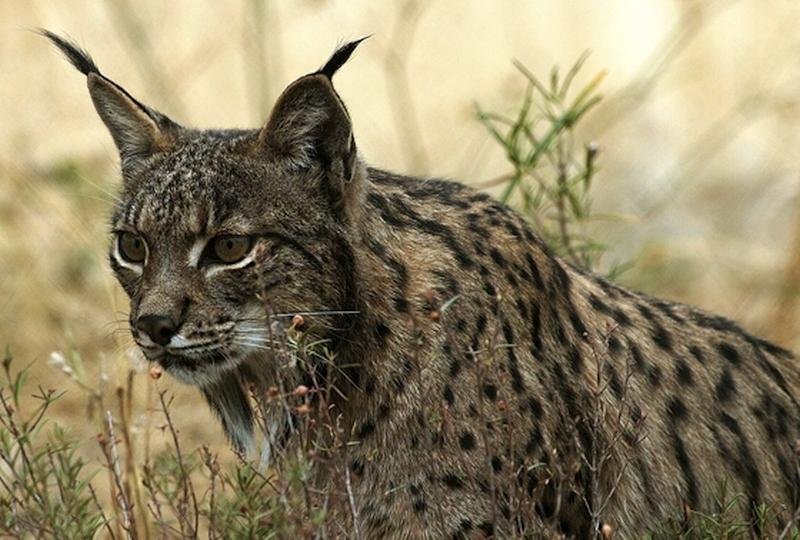Mediterranean Stick Insect – Bacillus rossius – Insecto palo
Mediterranean Stick Insect – Bacillus rossius – Insecto palo, there are 17 species of stick insects (Phasmatodea) in Europe belonging to the genera Bacillus, Clonopsis, Leptynia and Pijnackeria. There are also a few other species that live in Europe that have been introduced. (For example, some species of Acanthoxyla are native to New Zealand but … Read more



